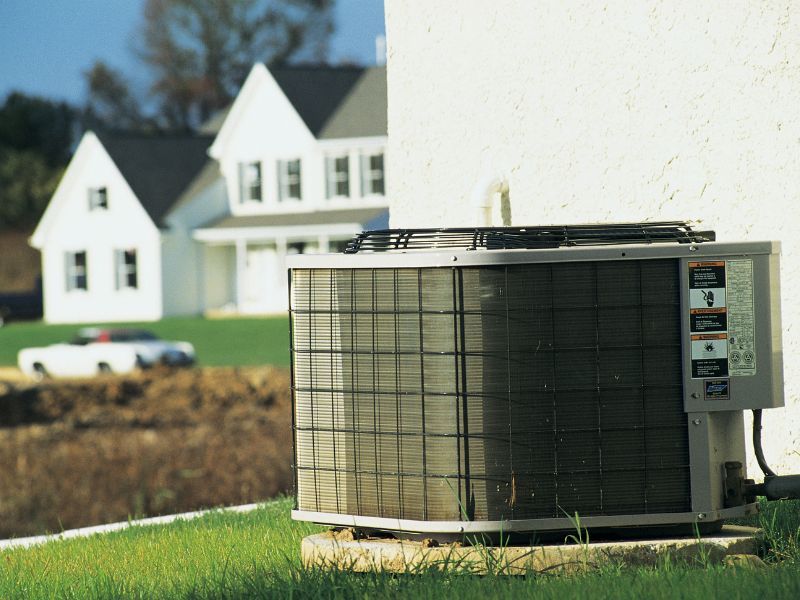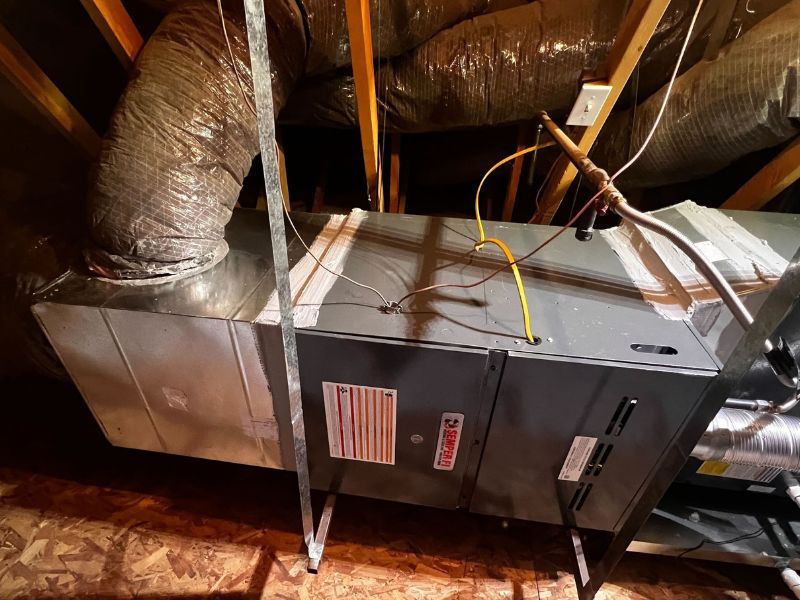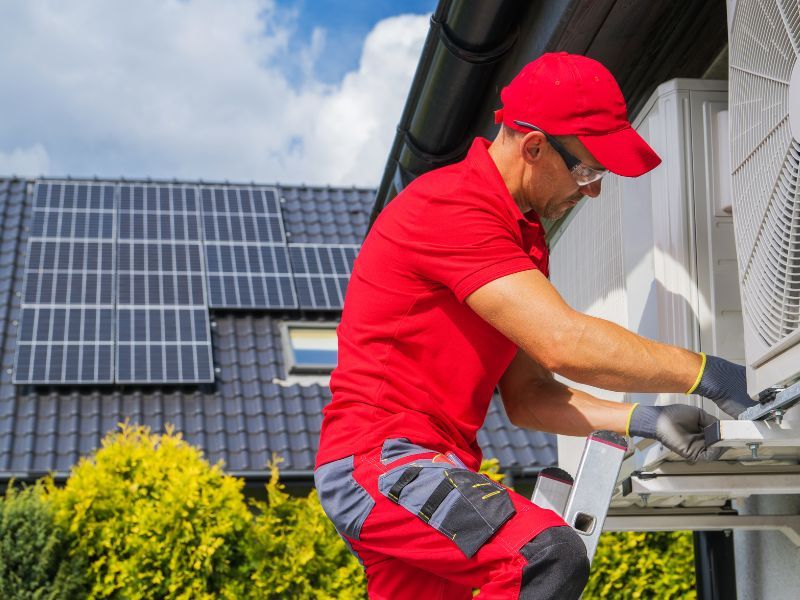What Is HRV (Heat Recovery Ventilation)
HRV, or Heat Recovery Ventilation, is a ventilation system used in buildings to improve indoor air quality while also conserving energy. HRV systems are designed to exchange indoor air with fresh outdoor air while recovering a significant portion of the heat energy from the outgoing stale air.
This heat exchange process takes place through a heat exchanger, where the warm air leaving the building transfers its heat to the incoming cooler air. This helps preheat the incoming fresh air during the colder months and pre-cool it during warmer months, reducing the load on heating and cooling systems.
HRV systems are particularly effective in climates with extreme temperatures, where the energy savings from heat recovery can be substantial. Additionally, HRV systems help maintain a healthy indoor environment by ensuring a regular exchange of fresh air without compromising energy efficiency.
People Also Ask About HRV (Heat Recovery Ventilation)
How does an HRV system work?
An HRV system uses a heat exchanger to transfer heat from the warm indoor air leaving the building to the cooler outdoor air being drawn in. This preheats or pre-cools the incoming air, reducing the workload on heating and cooling systems while ensuring a constant supply of fresh air.
What are the benefits of using an HRV system?
HRV systems provide benefits such as improved indoor air quality, reduced energy consumption, enhanced comfort by maintaining consistent temperatures, and a controlled exchange of humidity levels and pollutants.
Can HRV systems be integrated into existing buildings?
Yes, HRV systems can be retrofitted into existing buildings to improve ventilation and energy efficiency. Professional installation is recommended to ensure the system is properly sized and integrated with the existing HVAC setup.
HVAC System Cost & HVAC Reviews
Related Pages
Categories


